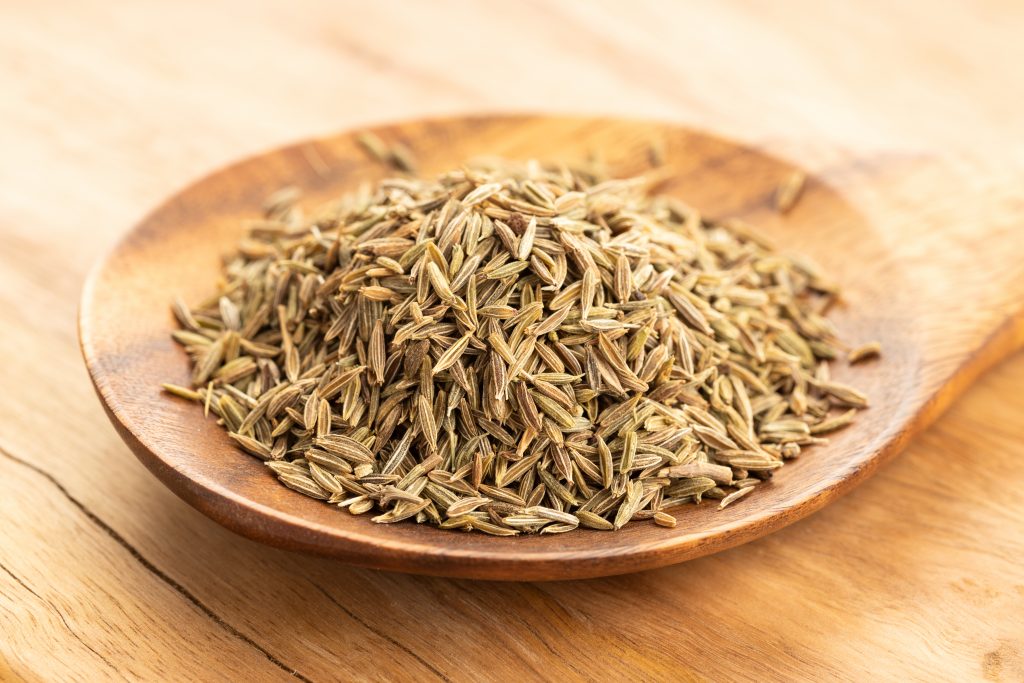
Cumin seeds
Cumin seeds have its own scientific & ancient journey, though its origin is still debatable. Its current home is believed that Indian Sub-continent. This fragrance house from spice rack has promising quality within for cuisine as well as medicinal parameters.
Origin & Characteristics:
Cumin seeds are slender, boat-shaped fruits about 3-4 mm long. Their color ranges from pale yellow to light brown. The aroma is warm, earthy, and slightly peppery, with a hint of citrus. When roasted or toasted, the flavor intensifies, becoming nuttier and more complex.
Geographic Origin:
In India Cumin seeds are mainly grown in North Indian state Gujarat & Rajasthan.
Global Uses: Cumin is a versatile spice, gracing dishes from various regions:
Indian Subcontinent: Cumin is a cornerstone of Indian cuisine featuring prominently in curries, dals (lentil dishes), and spice blends like garam masala.
Europe: Cumin is used in European cheeses like Gouda and Dutch cheeses, and in breads and sausages.
Middle East: Cumin adds depth to savory dishes like hummus, falafel, and lamb stews.
Latin America: Cumin is a key ingredient in chili powder and adds warmth to salsas and meat dishes.
Africa: Cumin is a staple spice in Moroccan cuisine, featuring in tagines and couscous dishes.
Beyond Flavor – Medicinal Properties included Digestive aid, anti-oxidant properties as well as anti-inflammatory effect.
Conclusion:
Cumin seed is a versatile and flavorful spice that has been a culinary staple for millennia. With its potential health benefits and its ability to elevate countless dishes, cumin seed is sure to remain a treasured ingredient in kitchens worldwide. So when next time you are at grocery store, grab some cumin and explore world of this little culinary delights.
